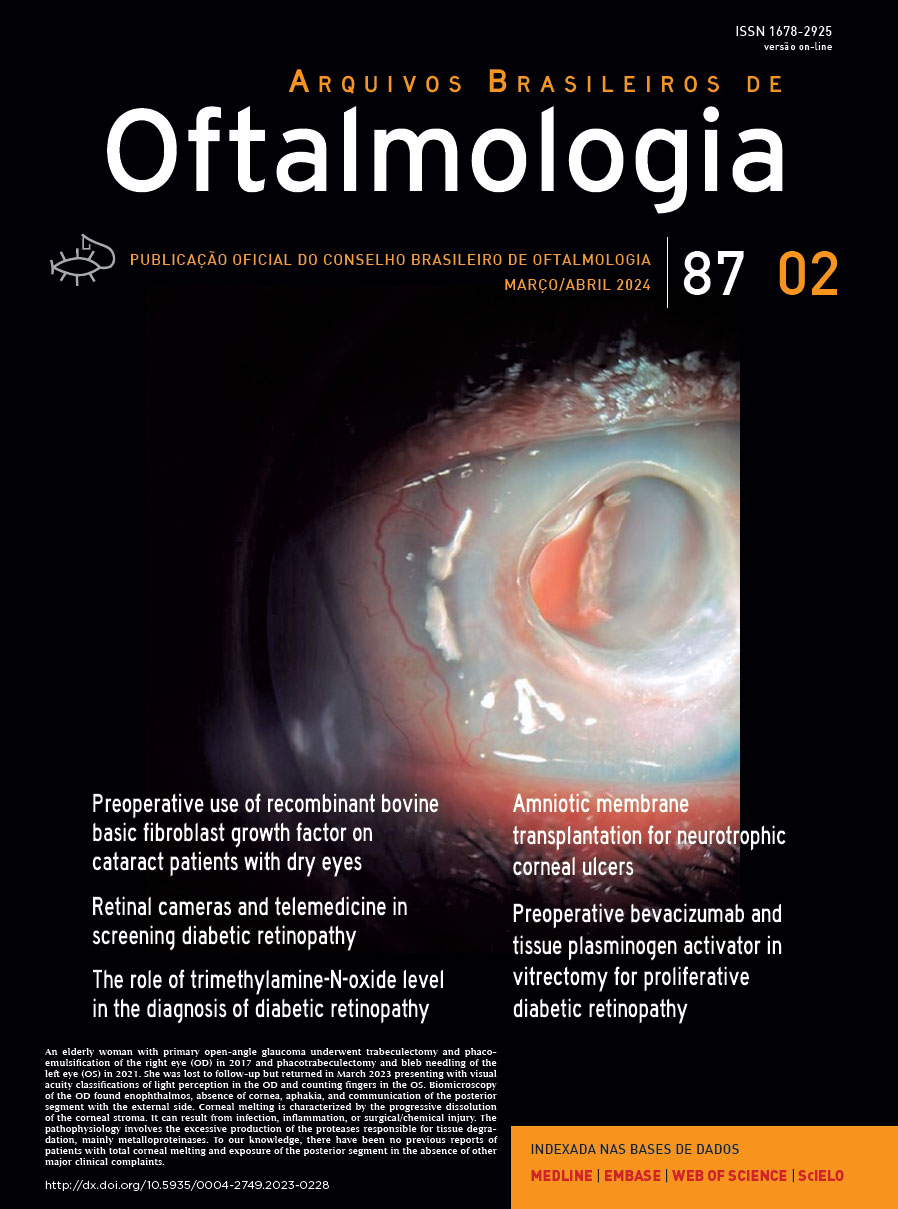Purpose: This study aimed to screen the ocular surface of children with attention deficit hyperactivity disorder and identify the adverse effects of methylphenidate related to dry eye disease.
Methods: This cross-sectional study included children with attention deficit hyperactivity disorder and healthy children (all aged 5-18 years). They were randomized into Group A (without methylphenidate treatment), Group B (with methylphenidate treatment), and Group C (healthy children). Tear film break-up time, Ocular Surface Disease Index questionnaire, tear meniscus height, tear meniscus area, and Schirmer test results were evaluated. Furthermore, symptom severity in attention deficit hyperactivity disorder was assessed by Turgay DSM-IV-based Child and Adolescent Behavioral Disorders Screening and Rating Scale and Conners Parent Rating Scale-48.
Results: Groups A, B, and C consisted of 34, 40, and 60 individuals (n=34, 40, and 60 eyes; age=11.44 ± 2.79, 11.70 ± 2.83, and 11.96 ± 3.63 years, median age=12, 12, and 11.5 years), respectively. Tear film break-up time, Ocular Surface Disease Index, tear meniscus height, tear meniscus area, and Schirmer test results were not significantly different between Groups A and C (p=0.964, 0.336, 0.445, 0.439, and 0.759, respectively). However, Group B showed a significant decrease in tear film break-up time (10.50 ± 3.39 vs. 12.52 ± 2.46 s; p=0.005), tear meniscus height (307.40 ± 5.53 vs. 310.82 ± 7.30 µm; p=0.025), tear meniscus area (0.024 ± 0.0037 vs. 0.026 ± 0.0046 mm2; p=0.010) and Schirmer test (12.75 ± 3.96 vs. 15.41 ± 3.75 mm; p=0.004) results compared with Group A.
Conclusion: Compared with healthy children, children with attention deficit hyperactivity disorder showed ocular surface parameters suggestive of dry eye disease despite taking methylphenidate. Thus, they require close ophthalmologic follow-up to prevent sight-threatening dry eye complications.
Keywords: Attention deficit disorder with hyperactivity; Methylphenidate/adverse effects; Anterior eye segment; Optical coherence tomography; Dry eye syndromes.
